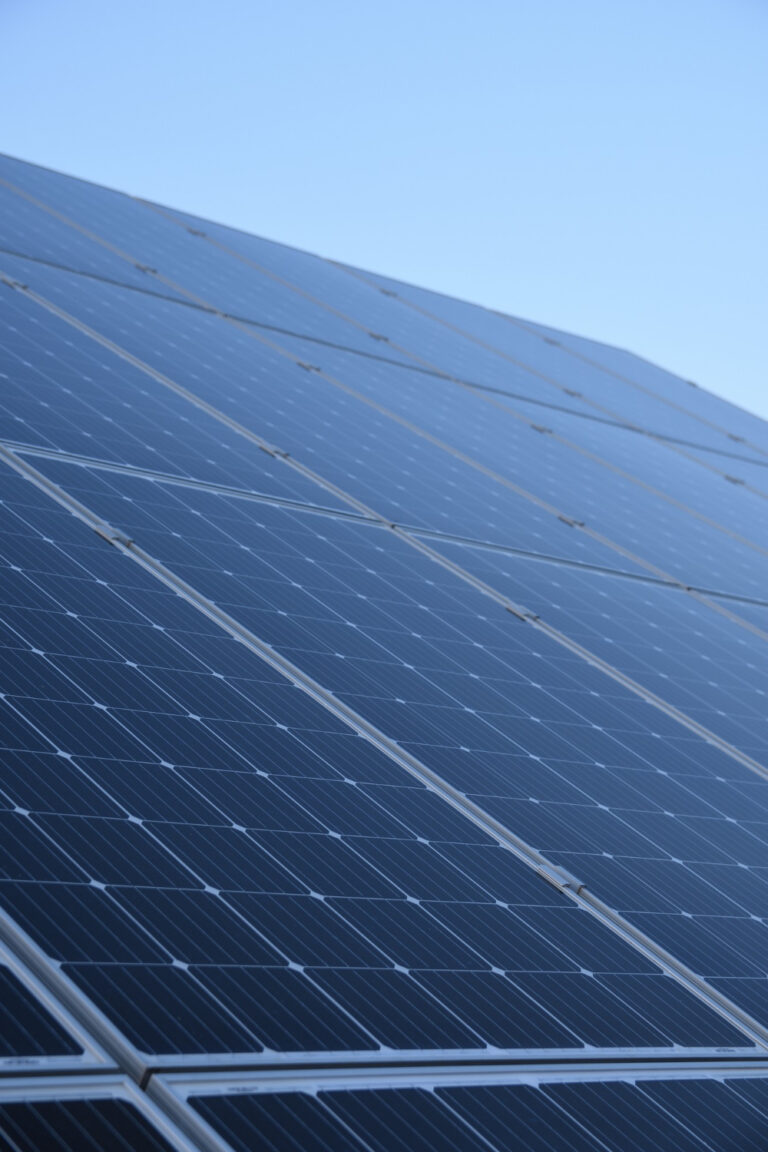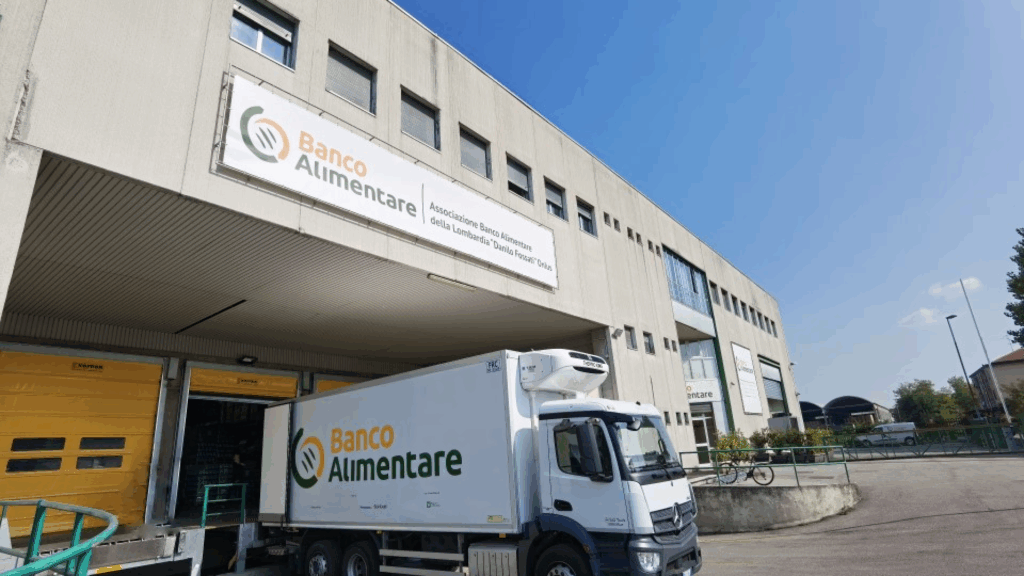
An increasingly sustainable circuit
The Cremona Circuit has embarked on a path of responsible growth, adopting practices aimed at reducing environmental impact and increasing resource efficiency.
Through advanced waste management , the recovery of excess food, and the adoption of green technologies, the circuit presents itself as a virtuous example in the panorama of international racetracks.
Environmental commitment
Clean energy from our circuit
Our commitment
for the future
The Cremona Circuit believes in a future where a passion for motorsports can coexist with environmental protection and social responsibility. This is why we have launched a concrete program for sustainable transition, involving every aspect of our organization: from energy to community activities, to the responsible management of events and services.
The containers will be emptied by compaction vehicles.
Environmental commitment
An increasingly sustainable circuit
One of the pillars of our environmental commitment is investment in renewable energy . We have installed 1,000 m² of photovoltaic panels on the circuit, with a peak power of 210 kW .
Thanks to this infrastructure, we generate over 252,000 kWh of clean energy every year , enough to cover a good part of the circuit’s electricity needs.

Of photovoltaic panels
One of the pillars of our environmental commitment is investment in renewable energy.
We installed 1,000 m² of photovoltaic panels on the circuit, with a peak power of 210 kW.
Thanks to this infrastructure, we generate over 252,000 kWh of clean energy every year , enough to cover a large part of the circuit’s electricity needs.
This means over 132 tons of CO₂ avoided every year : a tangible result, equivalent to the absorption of more than 8,800 adult trees or the average annual consumption of around 100 combustion-engine cars .
Electric Charging at the Cremona Circuit
clean energy
The Cremona Circuit promotes responsible and sustainable mobility thanks to the presence of two 25 kW electric vehicle charging stations , supplied by Powy Energy , one of the main Italian operators of public access charging infrastructure.
Charging power : 25 kW in direct current (DC)
Compatibility : CCS2 standard
for most electric vehicles
Location : located near the paddock,
with dedicated parking.
Accessibility : activation via
Powy App or RFID Card
Energy from renewable sources (direct connection to the circuit’s photovoltaic system)
Food waste
Together against food waste.
Every major event inevitably produces a food surplus.
At the Cremona Circuit, this is not considered a waste, but an opportunity. Reducing environmental impact, supporting the local community, and transforming hospitality into an act of social responsibility are a moral obligation.

For this reason, the Cremona Circuit has signed an agreement with the Banco Alimentare Foundation , with the aim of recovering and redistributing excess food, avoiding unnecessary waste and actively contributing to supporting people in difficulty. This initiative is part of the broader plan of sustainability of the Cremona Circuit.
The Autodromo hosts events of varying sizes and characteristics, which means that the volume of surplus food can vary considerably.
Some factors that influence the production and management of excess food include:
The volume of excess food is directly related to the number of people attending an event. The larger the turnout, the more complex the management of surplus food becomes.
The type of service offered, such as a buffet or a catered banquet, significantly affects the amount of food not consumed. Set menus and pre-served dishes tend to generate less waste than a buffet.
The length of the event affects the number of meals and refreshment breaks required, increasing the risk of overeating. Events that last multiple days require more careful planning.
Local health regulations set strict rules for how food can be handled, stored, and donated. This directly impacts the options available for recovering and reusing excess food.
Food recovery
Surplus food management
During events, high food production is managed responsibly. In major sporting events, managing surpluses
food represents a crucial challenge for several reasons.
The goal is to reduce waste, provide social support, and strengthen the circuit’s ethical reputation.
sport inclusion community.
A circuit open to the territory
A five-year agreement (2024–2028) has been signed with the Elisabetta Germani ONLUS Foundation. This agreement provides for hospitality reserved for the Foundation’s guests during the WorldSBK , the provision of spaces for conventions and events, and activities to directly involve residents in training experiences linked to the racetrack.
A path that unites sport, inclusion, and the local area, strengthening the bond with the local community.”
Cremona Circuit has begun the process of obtaining ISO 9001:2015 certification, adopting a quality management system aimed at ensuring organizational efficiency, continuous improvement, and maximum customer satisfaction. A concrete commitment to addressing challenges and opportunities with recognized international standards.


